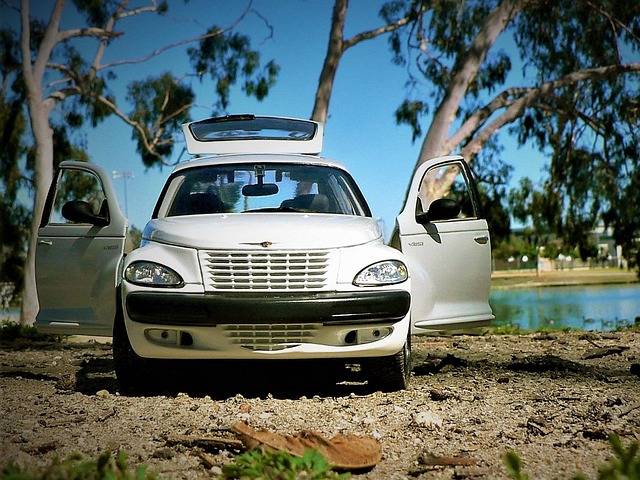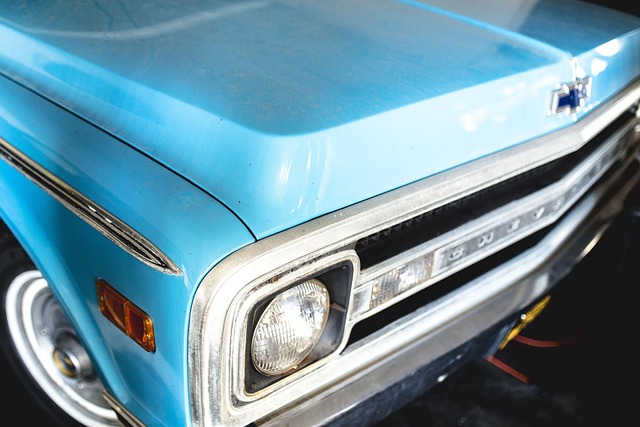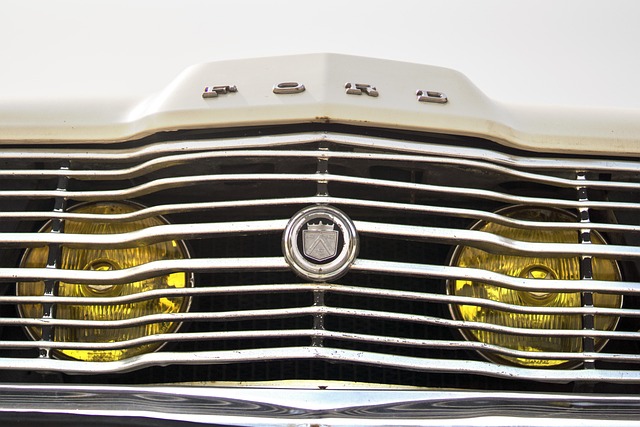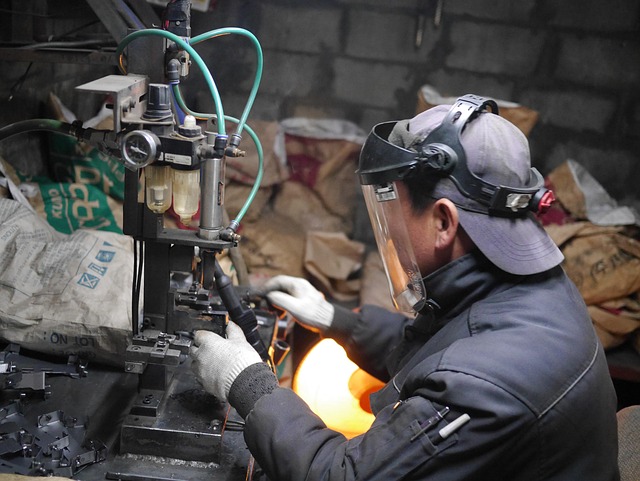Window regulator repair involves assessing damage, identifying parts needing replacement, and following a systematic approach for efficient repairs. After removing the faulty regulator, install a new one precisely and test its operation. Final inspection includes testing in various positions, checking for leaks, wear, alignment, and proper sealing to meet industry standards and ensure a safe driving experience.
After inspecting your vehicle’s window regulators, the next step is to plan your repair. This guide outlines a systematic approach to ensuring a successful window regulator repair. First, assess the damage and identify the parts needed for replacement. Then, follow our detailed, step-by-step instructions for installing new regulators. Finally, conduct thorough testing and a final inspection to guarantee proper functionality. By adhering to these steps, you’ll achieve a reliable and safe window regulator repair.
- Assessing Damage and Parts Required for Repair
- Step-by-Step Guide to Replacing Window Regulators
- Testing and Final Inspection After Repair
Assessing Damage and Parts Required for Repair

After a thorough inspection, the next step in window regulator repair is to assess the extent of the damage and identify the specific parts that need replacing. This crucial phase involves meticulous evaluation of both the mechanical and aesthetic components of the window system. Technicians will inspect for issues like bent or broken tracks, damaged motors, worn-out gears, and any signs of misalignment or deformation in the window frame.
Identifying these problems is essential as it determines the scope of repair work required. It may range from simple adjustments to complex frame straightening processes, especially if the auto collision has caused significant damage. Once the assessment is complete, a list of needed parts, which could include anything from new regulators and glass tracks to sealants and lubricants, can be compiled. This ensures that the repair process at the auto dent repair or auto collision center is both efficient and effective, resulting in a fully functional and safe window regulator system.
Step-by-Step Guide to Replacing Window Regulators
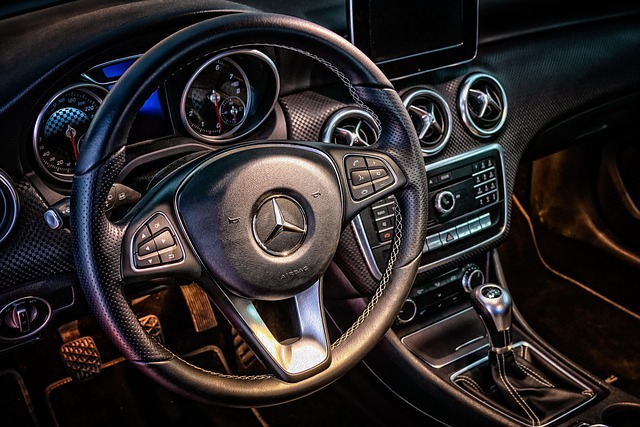
Replacing window regulators is a task that requires precision and attention to detail, but with the right approach, it can be accomplished efficiently. Here’s a step-by-step guide for those tackling this window regulator repair project:
1. Safety First: Ensure your vehicle is securely parked on a level surface and apply the parking brake before beginning. Protect yourself with safety goggles and gloves to prevent any accidents or injuries during disassembly.
2. Remove the Damaged Component: Carefully unfasten and lift out the old window regulator from its track, taking note of how it’s connected to the vehicle’s body. This step varies slightly depending on the make and model of your vehicle, like a Mercedes Benz, but the general process involves removing any retaining clips or bolts securing the regulator in place.
3. Install the New Regulator: Position the new window regulator into the track, aligning it precisely with the existing holes and guides. Secure it firmly using the appropriate fasteners, making sure everything is tightly fastened for safety and functionality.
4. Test and Adjust: Once installed, lower the window a few times to ensure smooth operation. Adjust any mechanisms as needed, then test the window’s up-and-down movement again to confirm proper alignment and functionality.
5. Reassemble: Put back any panels or trim that were removed during the repair process, ensuring everything is securely fastened at the car body shop.
Testing and Final Inspection After Repair

After completing the window regulator repair, it’s crucial to conduct thorough testing and a final inspection. This step ensures that the repair is of the highest standard and will function reliably over time. The process involves operating the window in various positions to check for smooth movement and stability. It also includes examining the regulator for any signs of damage or wear, ensuring all components are securely fastened, and verifying proper alignment with the vehicle’s frame.
During this inspection, consider checking for any leaks or entry of contaminants into the window mechanism, which could impact performance. A final visual check of the surrounding area, including the seals and weatherstripping, is essential to guarantee a water-tight and secure fit. This meticulous process ensures that the vehicle body shop’s repair meets or exceeds industry standards, providing a safe and satisfying driving experience for the vehicle’s owner, without any concerns about future window regulator malfunction.
After thoroughly inspecting the damaged window regulators, assessing the necessary parts for replacement, and following a meticulous step-by-step guide, it’s time to test and finalize the repair. This crucial process ensures the safety and functionality of your vehicle’s windows. By correctly installing new window regulators, you’re taking a significant step in maintaining optimal vehicle condition and enhancing driver comfort and control. Remember, prompt action on window regulator repair can prevent further damage and ensure a smooth driving experience.



